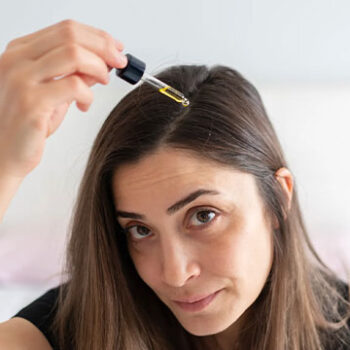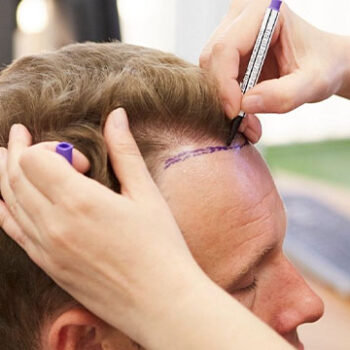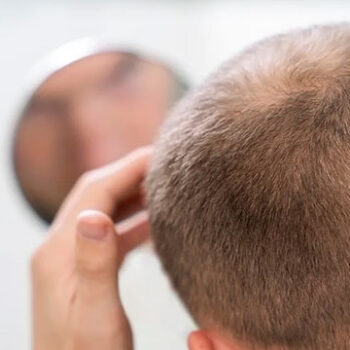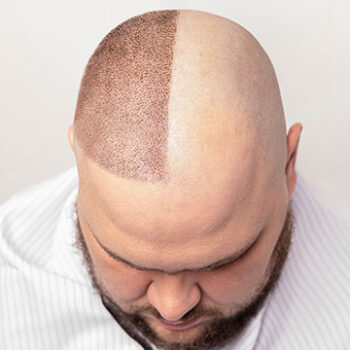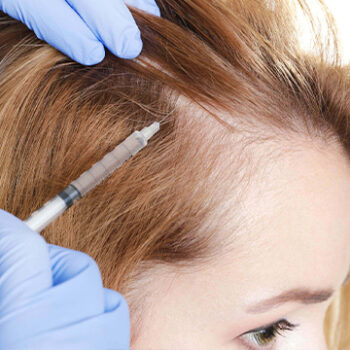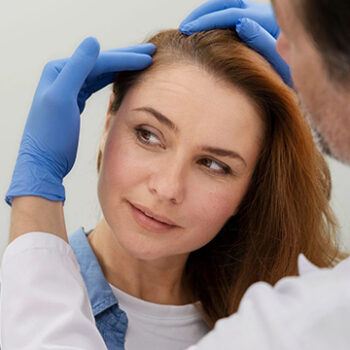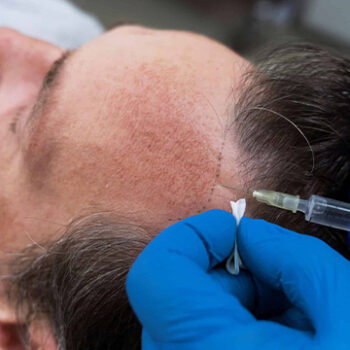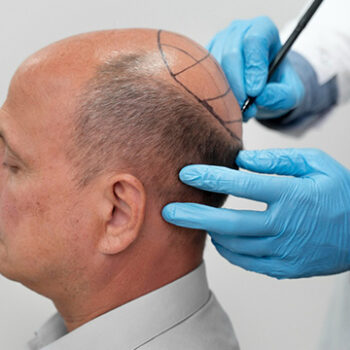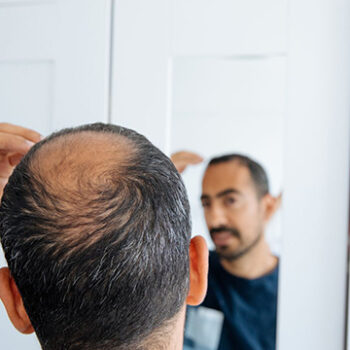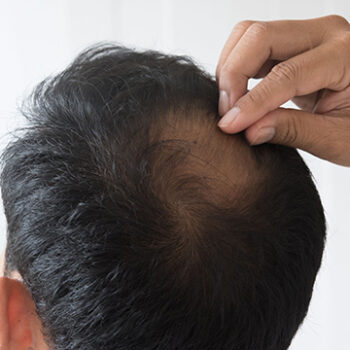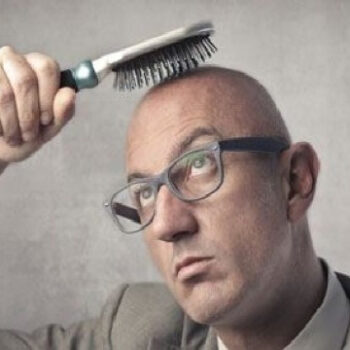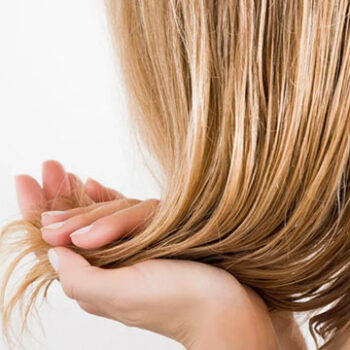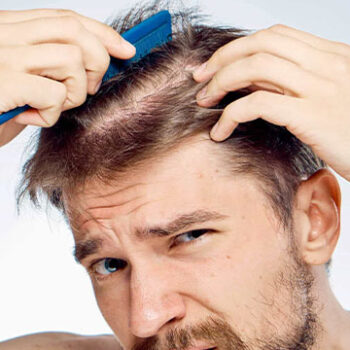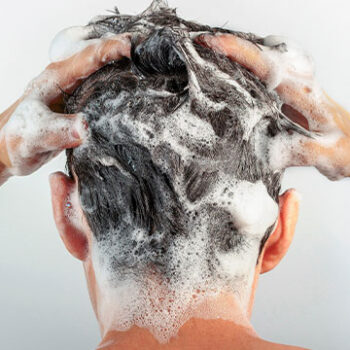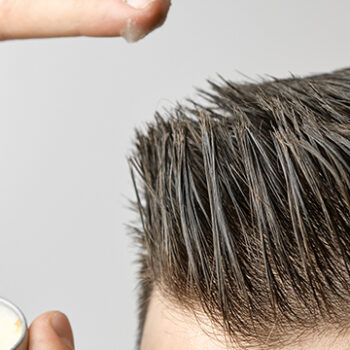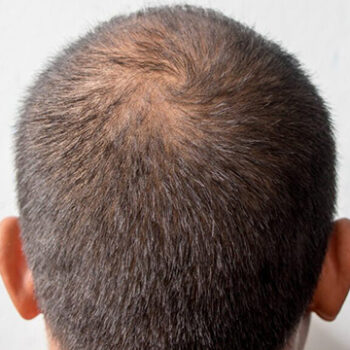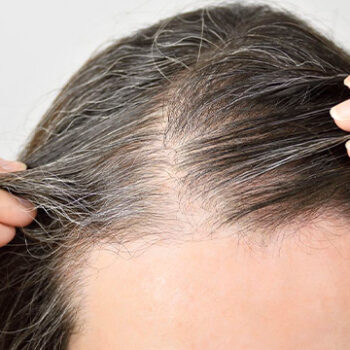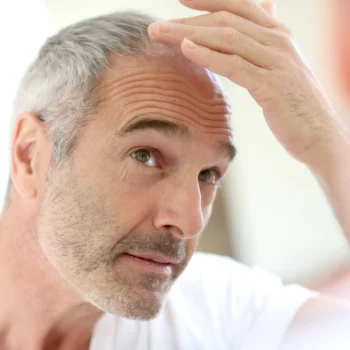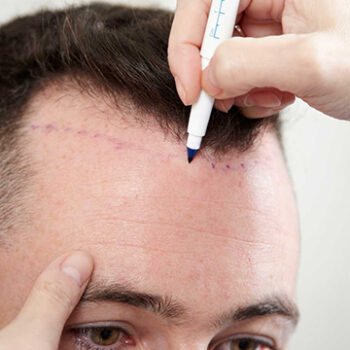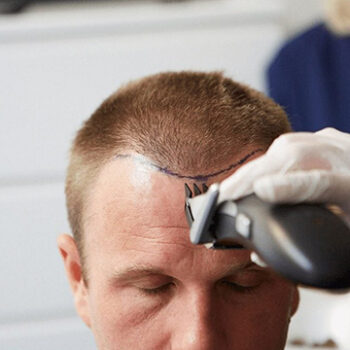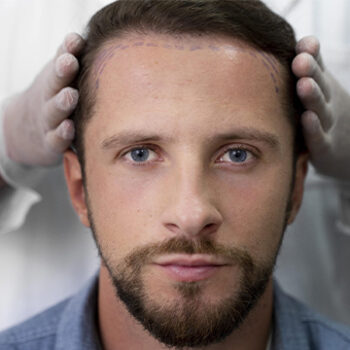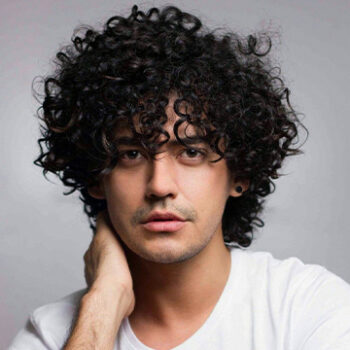Hair transplant is an aesthetic microsurgical method designed for people struggling with hair loss. Hair transplant methods are divided into different subcategories within themselves, and there are questions in the patient’s mind about what to look out for after the operation. Perhaps the most important of these is whether swimming is permitted after the hair transplant.
After the hair transplant, the patient should be certain that the treatment areas are completely healed. Since a possible wrong move could dislodge the newly planted hair follicles and increase the risk of infection, the recommendations and warnings of the doctor should be heeded. When the patient can start swimming after hair transplantation may vary according to the method used. If FUE or DHI methods are used, meaning if the hair transplantation is performed with non-surgical and seamless procedures, the scabs formed on the scalp will fall off in roughly 15 days. When the scabs on the scalp are gone after 4 weeks following the hair transplant, there is no harm in going swimming. In addition, it is very important to shield patient’s scalp from the sun while entering the water. You should not enter the water at noon when UV levels are at their highest, the patient should use high-protection sunscreen every time they go out, a swimming cap should be used when entering the water, and a hat should be worn if by the sea or pool.
If the patient wants to enter a bath or sauna after hair transplant, they can enter places where sterility is ensured especially in terms of hygiene, and by keeping the duration of stay short. The time to wait to enter such places is an average of 4 weeks after the hair transplant.
When the patient has this procedure done by people who have been trained and are experienced in hair transplants; The doctor will choose and explain the most suitable hair transplant method for the patient, create the most suitable hair design for the face, and explain what needs to be considered before and after the procedure. By following the warnings and recommendations of the doctor and choosing the best hair transplant clinic for themselves, the desired appearance will be achieved both in terms of health and aesthetics.
What To Be Careful About During The Process Following Hair Transplantation?
It is normal to experience sensitivity in the treated areas for up to 15 days after the hair transplant. After the operation, the patient can rest for three days and return to their work and social life. During this process, the patient should not strain themselves, lift heavy objects and not engage in heavy physical activities. Since the risk of possible infection will effect the success of the hair transplant, the patient should comply with all warnings. Most importantly, they should be careful when going into water. The patient should not enter places where sterility isn’t ensured. In addition, the patient should be very careful when going out in the sun. They should not go out at noon when the sun’s rays come straight down, and they should use sunscreen and a hat as much as possible when going out. The method of hair transplantation, skin structure and daily habits are the determining factors that should taken into consideration after hair transplantation.
Three days after hair transplantation, the patient can take a shower by removing the bandages. Since the first hair wash after hair transplantation is a task that requires a lot of care and attention, it would be better if it’s done in the hair transplant center. After the first wash, the patient should wash their own hair at home with soft flowing water that is neither too cold nor too hot. Hot water will create steam and this steam will adversely affect the scalp. Since scabs will occur after hair transplantation, care should be taken not to use very hot water until the scabs fall off. Long and steamy showers should be avoided until the scabs heal. Paying attention to these warnings during hair washing and entering the pool, sea, sauna, bath after hair transplantation and will ensure that the patient gets a successful result from the transplant and gets through the healing process quickly.

 English
English Français
Français Deutsch
Deutsch Türkçe
Türkçe 中國人
中國人

